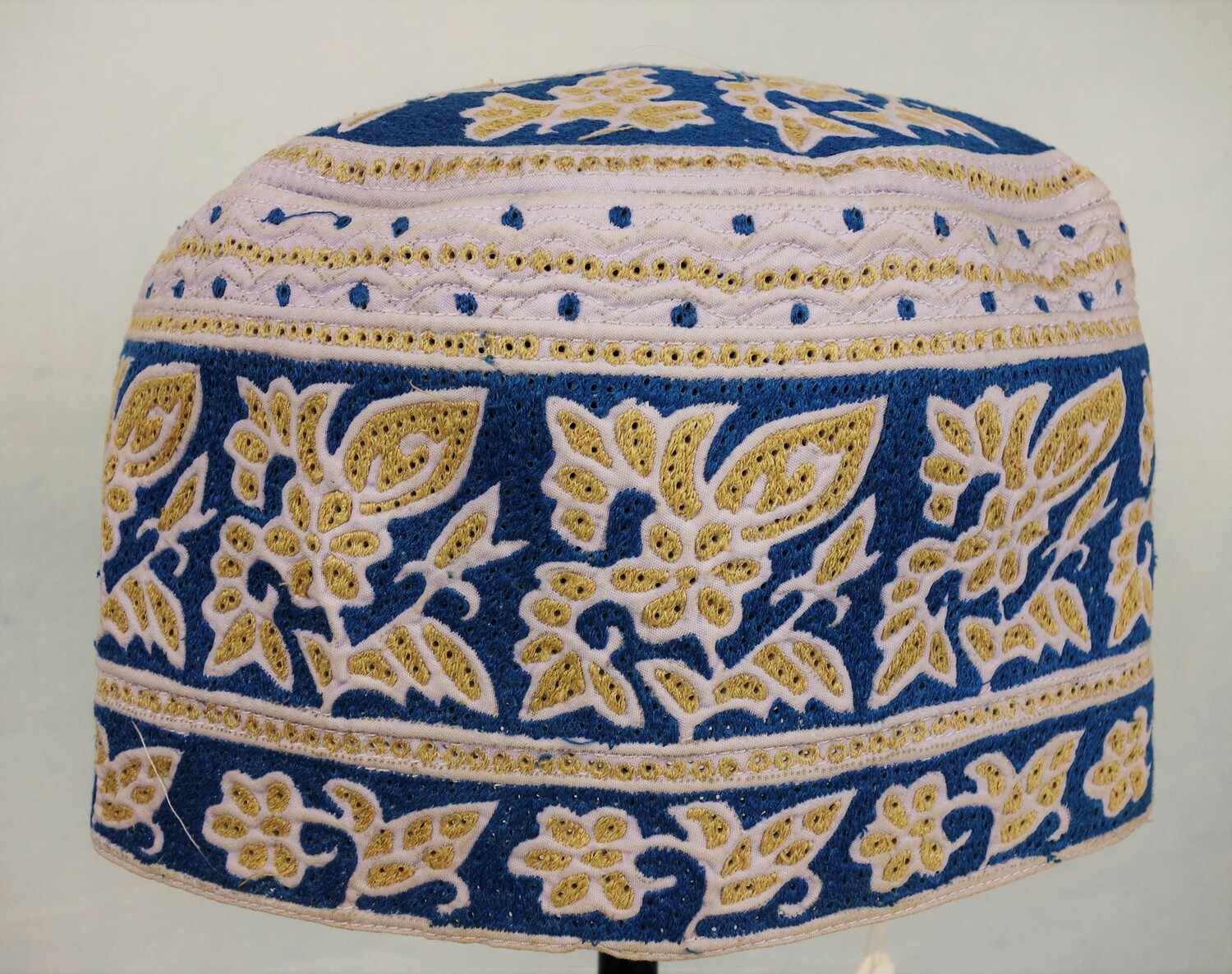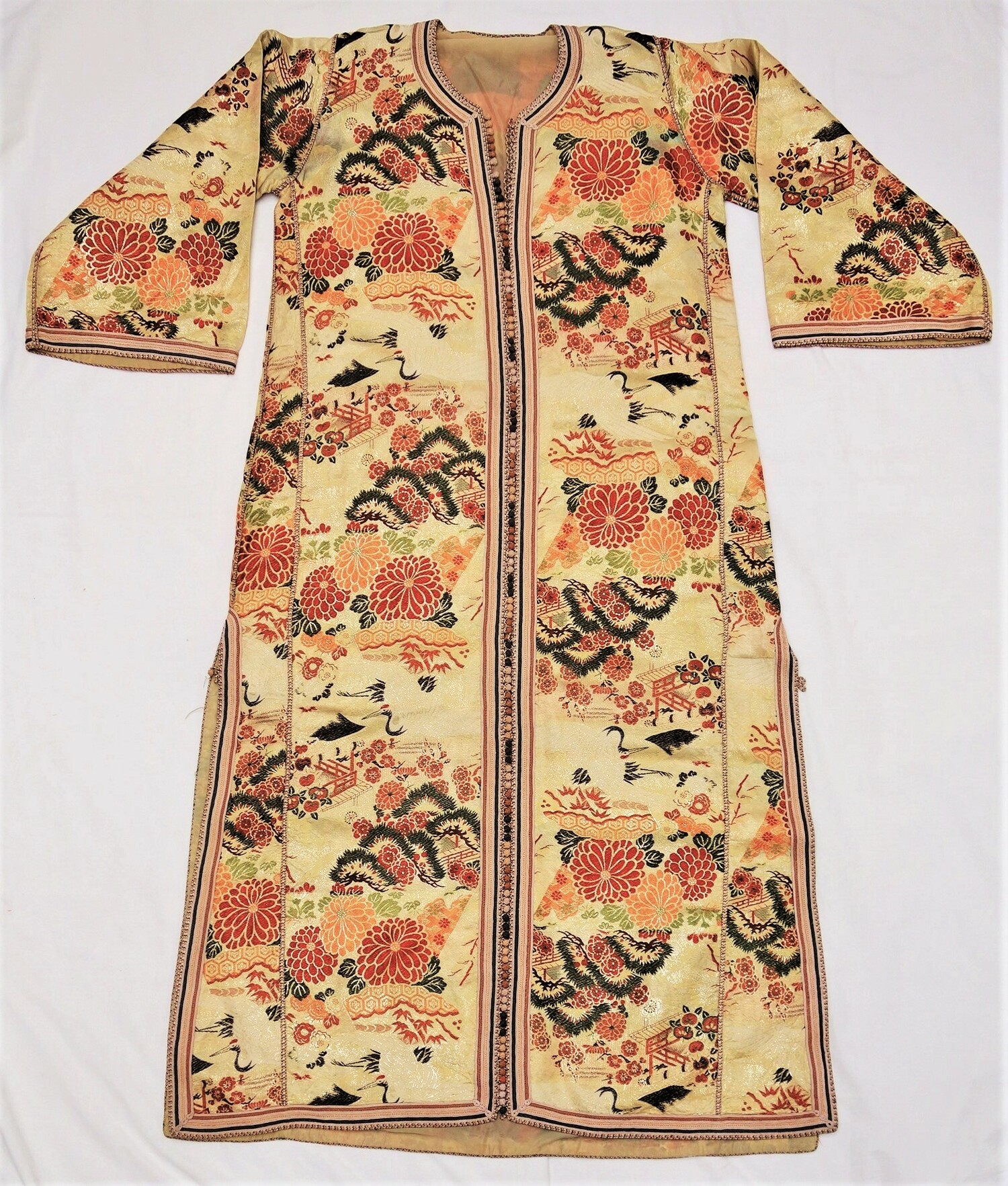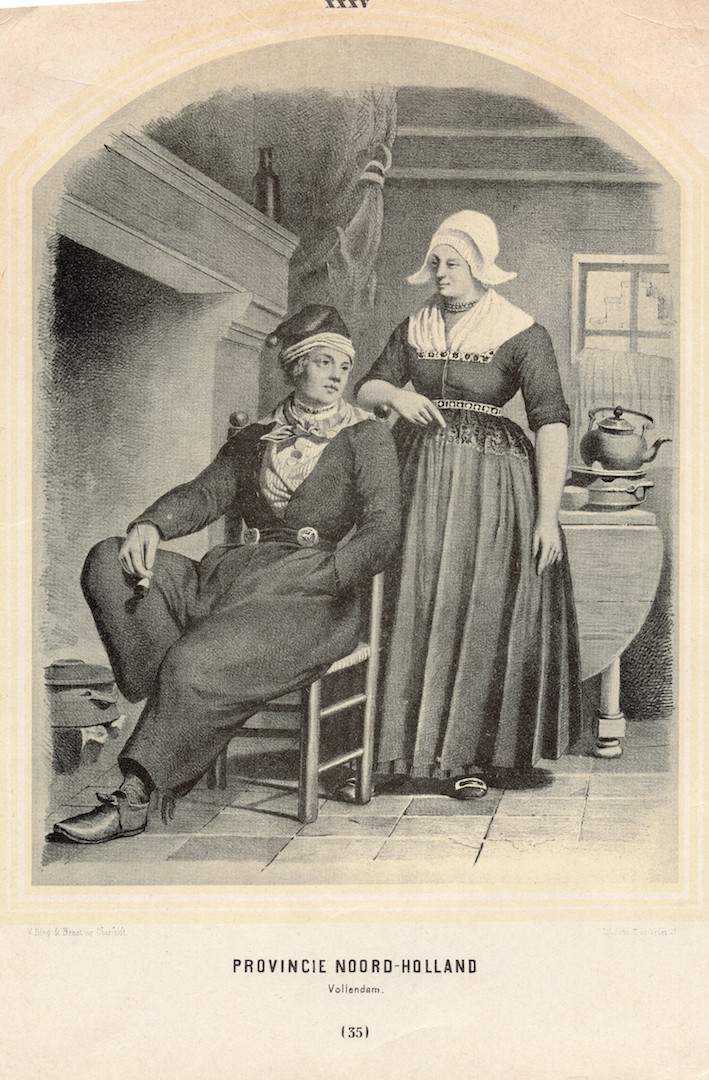It has been a busy time at the TRC, thanks to various activities, meetings, applying for funds (successfully!), workshops and courses, preparing manuscripts for publication, more meetings, as well as trying to sort out the paperwork, building activities, plans, etc, involved in moving an institute such as the TRC to larger premises (Boerhaavelaan 6). Below are some of the things that have been happening over the last few weeks, in more or less chronological order. The illustrations in this blog reflect the wide diversity of the TRC collection.

We are continuing to get ready for the move to the urban villa just behind the Leiden railway station, and it is now reckoned about 4000 boxes, mainly for the collection, need to be shifted! The library, for example, is just about packed and there are well over 350 boxes, each weighing 10kg (as requested by the removal company).
In general, things and piles are slowly getting sorted, catalogued, photographed, packed and occasionally recycled. There are more and more empty racks and far less miscellaneous boxes waiting to be dealt with. The TRC students and volunteers have been doing an amazing job with respect to this essential part of the TRC move.
In the meantime, Augusta and I gave some talks on Thursday (9th October) at Leiden City Hall. The two talks were given as part of a series of events celebrating the Dutch Sustainable Fashion Week, Leiden (8th – 12th October). I talked about what is happening at the TRC, while Augusta gave a longer talk about sustainability, textiles and clothing during the Second World War (1939-1945) here in the Netherlands. Augusta also set up a small display of relevant garments and textiles from the period for people to see and discuss.

Among the meetings recently held (10th October) at the TRC there has been one with Carl Greveling, an architect who is helping with finding a way to gain more space at the new premises (Boerhaavelaan 6) as well as help with the appearance of this historic and dignified building. One of the plans at the moment is to have a series of units down one side of the house and garden to house the collection depot. Also at the discussion were representatives of Leiden Council and Mark van den Bos, director of Monumentenbezit, the new owners of Boerhaavelaan 6.

So we will have to work on a Crowdfunding action, writing to various funding bodies, as well as talking nicely to companies and friends. More about these plans shortly.
Another meeting was with Johan de Bruijn from wBooks, a Dutch publishing company, about a book launch on the 20th February 2026 for the English and Dutch version of An Atlas of World Embroidery (author: yours truly). The English version is published by Pinceton University Press. The launch will be held a the Boerhaavelaan 6 and will be our first official, public event.
There was also a discussion with André Lunsingh and his wife Sylvia, who run an upholstering company here in Leiden, about suitable curtains for the various rooms in Boerhaavelaan 6. We have chosen a simple, very pale cream cloth with a blackout lining. All the windows have now been measured and an estimate is being prepared. In the back of my mind I keep wondering about what type of material we will end up using as André keeps finding more and more potential swatches. Something to talk with Carl the architect about!

Then a few hours later, onto the Hortus Botanicus, Leiden’s historic botanical gardens to discuss with its director, Prof. Barbara Gravendeel, and Head Gardener, Rogier van Vugt, about the idea of setting up a textile garden at Boerhaavelaan 6. Something they agreed to help with, by giving advise, testing of soils, etc. We are now in the process of making lists of potential plants to represent the world of textile fibres, textile dyes and textile related items such as seeds used for decoration or nuts used for buttons. We will also be looking for a group of volunteer gardeners from the Leiden region who would be willing to help create and run the garden.
 Man's cap with a large crown and headband. Oman, 1996 (TRC 1997.0018).On Saturday 11th October, I was at the Leiden Market talking with one of the stall holders who specialises in textiles and he has agreed to help make an extensive collection of artificial and synthetic forms (complete with labels stating what they are made from), so that people can properly handle a range of cloth made from different fibres and combination of fibres – anyone involved in textiles will know how important it is to feel the cloth rather than just see a photograph or something behind glass! We will be sharing these items with Jade Papa from the Thomas Jefferson University, who was mentioned above.
Man's cap with a large crown and headband. Oman, 1996 (TRC 1997.0018).On Saturday 11th October, I was at the Leiden Market talking with one of the stall holders who specialises in textiles and he has agreed to help make an extensive collection of artificial and synthetic forms (complete with labels stating what they are made from), so that people can properly handle a range of cloth made from different fibres and combination of fibres – anyone involved in textiles will know how important it is to feel the cloth rather than just see a photograph or something behind glass! We will be sharing these items with Jade Papa from the Thomas Jefferson University, who was mentioned above.
Last Monday, 13th October, there was a talk with the TRC’s accountant about salaries for the five new positions we are in the process of creating, thanks to the recent donation of substantial funds. At the same day, we met another expert and talked about insurances for the five salaried jobs that are involved with our plans, and for many other aspects of our move.

Last Wednesday, 15th October, we welcomed Ellena Fotinatos, from the Myriad USA organisation, which is being very helpful in organising the transfer of funds donated by generous American donors to the TRC. We showed her the 'old' premises along the Hogewoerd, and the 'new' premises along the Boerhaavelaan.
Yesterday, Friday 17th October, we had an interesting talk with Dr Vandana Bhandari, an Indian colleague who is involved in the Crafts Council of India, promoting Indian hand embroiderers. She is writing a book on the subject, as well as helping various groups to promote best-practices and find new markets.
We talked a lot about having an exhibition about Indian embroidery at the TRC, which could then travel to other museums or similar institutes in Europe. She is also going to talk with friends and colleagues (across the world of textiles) to see if they can help with our expansion plans (including the depot). The more people talk about this, the more chance many of our plans will come to fruition. And then there was a brief chat about Indian dye plants, and was it possible to grow cotton in Leiden……
 Postcard from Volendam, The Netherlands, late 19th century. Both figures are wearing Volendam dress.This weekend, 18th - 19th October, we will be working on an extensive list of courses, workshops and lectures to be held at the TRC over the next 12 months. These will start in February when the move to the new building has been completed and we are getting to know and understand how to use the space in his amazing house in the best manner. As part of this we have just ordered a number of table looms which one of our volunteers, Alice van Duijnen, will use to teach basic weaving and the identification of weaves.
Postcard from Volendam, The Netherlands, late 19th century. Both figures are wearing Volendam dress.This weekend, 18th - 19th October, we will be working on an extensive list of courses, workshops and lectures to be held at the TRC over the next 12 months. These will start in February when the move to the new building has been completed and we are getting to know and understand how to use the space in his amazing house in the best manner. As part of this we have just ordered a number of table looms which one of our volunteers, Alice van Duijnen, will use to teach basic weaving and the identification of weaves.
And yes, the last ‘big’ teaching event at our ‘old’ building will be the Five-Day Intensive Textile Course, starting 27th October!
As you will understand, there is a lot more to tell about all of these activities and projects over the next few months, and we will keep you updated at regular intervals about what is happening. Oh yes, when are we moving? Well, due to some unexpected delays, including a 'problem' with asbestos in the cellars (not so supposing as it is an old building), the move has been delayed from October/November to November/December.
And what am I doing now? Well, I am wrapped in a warm blanket, sitting in my favourite chair with a cup-of-tea and a sleeping cat on my lap, while wondering what has to be done in the next 5 minutes, hours and days. One thing is certain, life at the TRC at this moment is neither dull nor boring! And yes, we are also working on the next volumes of the Bloomsbury World Encyclopedia of Embroidery, of which four volumes have now been published, and four more are due.
Gillian Vogelsang-Eastwood, Director TRC, 17 October 2025










